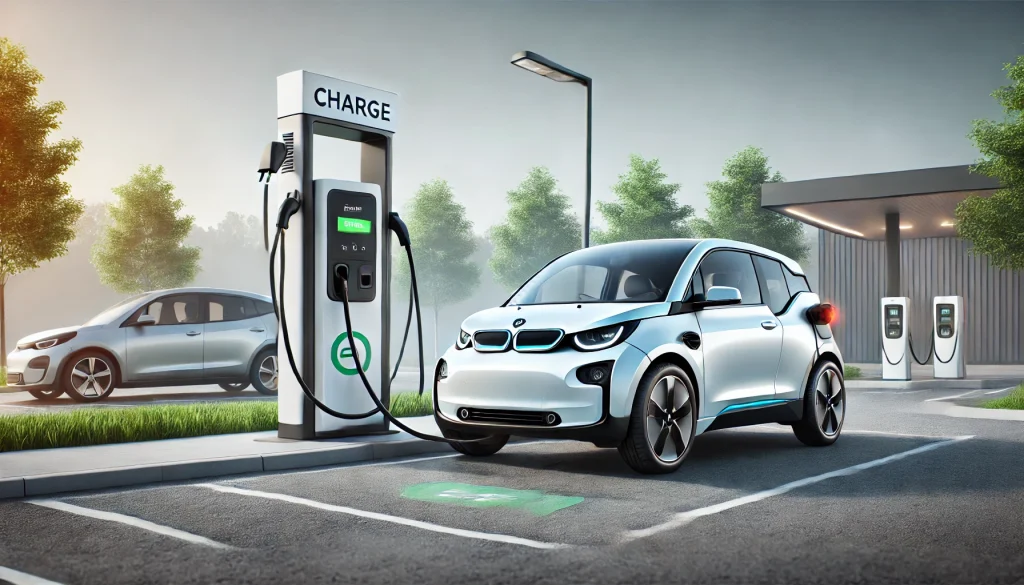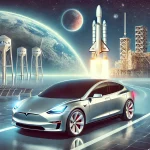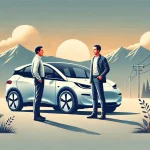As electric vehicles (EVs) become more popular, many owners are looking for ways to reduce their charging costs and make the most of their vehicle’s efficiency. While charging an EV is generally cheaper than fueling a gasoline car, there are several strategies that can help you save even more. In this article, we’ll explore the best practices for charging your electric car at home and at public stations, ensuring you keep your costs low while maintaining the health of your battery.
Home Charging: The Most Cost-Effective Option
Charging your electric vehicle at home is often the most economical option, especially when done during off-peak hours. Most energy providers offer time-of-use (TOU) rates, which charge less for electricity used during off-peak times, typically late at night or early in the morning. By scheduling your EV to charge during these hours, you can significantly reduce your energy costs. Setting up a smart charging system or using your vehicle’s built-in scheduling feature can automate this process, making it both convenient and cost-effective.
Additionally, installing a Level 2 home charger, which provides faster charging than a standard outlet, can be a good investment. While there is an upfront cost for the charger and installation, the ability to charge your EV more quickly and at home will save you money in the long run, particularly if you take advantage of off-peak electricity rates.
Another tip for saving money on home charging is to invest in solar panels. If your home is equipped with solar power, you can use the energy generated by your solar system to charge your vehicle. This not only reduces your reliance on grid electricity but also cuts down your energy bills, especially in sunny regions where solar power can provide a significant amount of your household’s energy needs.
Public Charging Stations: Maximizing Savings on the Go
While charging at home is typically the most cost-effective option, there are times when you’ll need to use public charging stations, particularly for long trips or when you’re away from home. Understanding how to navigate public charging options can help you save money and avoid paying premium rates.
First, look for free or discounted charging stations. Some businesses, shopping malls, and workplaces offer free charging for customers or employees, making it a great way to top up your battery without spending anything. Public libraries, parks, and municipal buildings may also offer free charging, so it’s worth checking your local area for these opportunities.
When you do need to pay for charging, compare prices before plugging in. Different charging networks may have varying rates, and some offer membership programs that provide discounted rates for regular users. For instance, Tesla Superchargers offer lower rates for Tesla owners who are part of the Tesla charging network, while other charging networks like Electrify America or ChargePoint provide discounts to members. Consider joining a charging network’s membership program if you frequently use public stations to take advantage of these lower rates.
Choosing the Right Charging Speed
Understanding the different types of charging speeds available can also help you save money. Most public charging stations offer Level 2 charging, which is slower and generally less expensive than fast-charging options like Level 3 or DC fast chargers. Unless you’re in a hurry, using Level 2 chargers is often more economical for topping up your battery, especially if you have some time to spare while shopping or running errands.
DC fast chargers, while convenient for long road trips or when you need a quick charge, can be much more expensive than Level 2 chargers. If you’re not in immediate need of a rapid charge, it’s better to plan ahead and charge at slower, less expensive stations. Additionally, frequent use of fast chargers can degrade your battery over time, reducing its overall lifespan, so using them sparingly is a good practice for both your wallet and your vehicle’s health.
Monitoring Your EV’s Battery and Optimizing Range
Another important aspect of saving money on charging is optimizing your electric vehicle’s range. By driving efficiently and taking steps to maximize your EV’s range, you’ll reduce the frequency of charging, ultimately lowering your overall charging costs. Simple strategies like maintaining a steady speed, avoiding rapid acceleration, and using regenerative braking can help conserve energy and extend your driving range.
It’s also a good idea to monitor your EV’s battery health and avoid charging it to 100% unless necessary. Keeping your battery between 20% and 80% for regular driving not only helps preserve battery health but also makes charging more efficient. Charging the last 20% of the battery typically takes longer and requires more energy, so by avoiding full charges unless needed for long trips, you can save both time and money.
Taking Advantage of Incentives and Rebates
Many governments and utility companies offer incentives, rebates, and tax credits to encourage EV adoption and the installation of home charging stations. These programs can significantly reduce the cost of purchasing and installing a home charger, making it even more affordable to charge your EV at home. Be sure to check with your local energy provider or government websites for available rebates and incentives in your area.
Additionally, some utility companies offer special EV charging plans that include discounted rates for electric vehicle owners, particularly during off-peak hours. Signing up for one of these plans can further lower your energy costs and make EV ownership even more economical.
Conclusion
Saving money on electric vehicle charging is all about understanding the best practices for home and public charging. By charging your EV during off-peak hours, using free or discounted public stations, and optimizing your driving habits, you can significantly reduce your overall charging costs. With the added benefits of lower maintenance costs and various incentives, owning an electric vehicle can be not only environmentally friendly but also a cost-effective solution in the long run. As EV technology and infrastructure continue to improve, the savings will only increase, making electric vehicles an even smarter choice for the future.



No matter how you look at it, charging an electric car is way cheaper than gas, which is awesome!
“Save money” charging EVs? 🤨⚡️ Sure, if you have time to plan. Is it really cheaper though? 🤔
fr tho! 😂 it’s wayyy easier to find a plug than a gas station
Very interesting tips to evs owners 👍👍
wow EV charging hacks r legit👍👍 will use it!
lol charge EV at nite offpeak 4 mad savings 👍👍👍